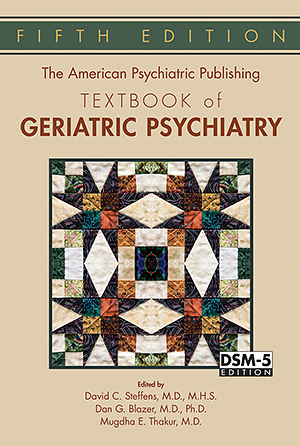Sections
Excerpt
The long-anticipated retirement of the generation born after World War II, the baby boomers, has begun. People older than age 65 years constitute one of the fastest-growing segments of the U.S. population, with an American now turning 65 every 8 seconds (Fried 2000; O’Connor et al. 2010; Werner 2011). By the year 2030, there will be 72.1 million older persons in the United States, nearly double the number there were in 2000 (Administration on Aging 2012; Fried 2000; Hall 1997; Vaillant and Mukamal 2001). The conquest of childhood infectious disease, improvements in sanitation, and better nutrition all have contributed to increased survival (McKeown 1979), and medical innovation also has had a beneficial effect on morbidity and mortality (Hunink et al. 1997). People are living longer, and the numbers of elderly grow with each passing year. The average life span has lengthened significantly (Fried 2000; Hall 1997; Vaillant and Mukamal 2001). The enactment of Social Security, Medicare, and Medicaid legislation in the last century greatly reduced poverty and improved access to health care among elderly individuals (Emanuel 2014). Reaching the age of 100 years is no longer the anomaly it once was, and centenarians have become the focus of rigorous scientific investigation (Perls 2005). Careful and sophisticated longitudinal studies of elderly populations in the United States, such as the Established Populations for the Epidemiologic Studies of the Elderly (Cornoni-Huntley et al. 1986) and the Baltimore Longitudinal Study of Aging (Shock 1984), have addressed how and why people are living to the eighth decade and beyond. Basic science has yielded fundamental anatomical, physiological, and genetic information about the aging process. As a result, a more complete picture of what aging entails has emerged.
Access content
To read the fulltext, please use one of the options below to sign in or purchase access.- Personal login
- Institutional Login
- Sign in via OpenAthens
- Register for access
-
Please login/register if you wish to pair your device and check access availability.
Not a subscriber?
PsychiatryOnline subscription options offer access to the DSM-5 library, books, journals, CME, and patient resources. This all-in-one virtual library provides psychiatrists and mental health professionals with key resources for diagnosis, treatment, research, and professional development.
Need more help? PsychiatryOnline Customer Service may be reached by emailing [email protected] or by calling 800-368-5777 (in the U.S.) or 703-907-7322 (outside the U.S.).



